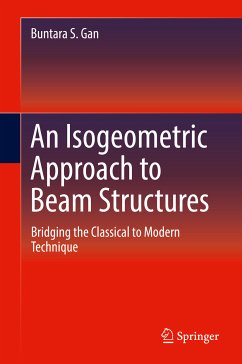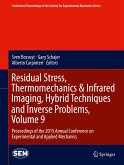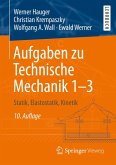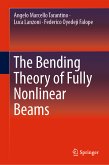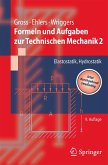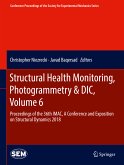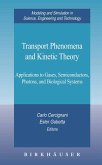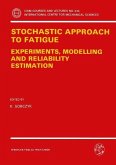This book proposes a novel, original condensation method to beam formulation based on the isogeometric approach to reducing the degrees of freedom to conventional two-node beam elements. In this volume, the author defines the Buntara Condensation Formulation: a unique formulation in condensing the dynamic equilibrium equation for beam structures, suitable for reducing the number of unlimited dynamic equations necessary to yield a classic two-node beam element. Professor Buntara's method overcomes the problem of the isogeometric approach where the number of degrees of freedom is increased along with the complexity of the geometrical beam element and facilitates implementation of the codes into the existing beam structures programs, and CAD geometrical data into the conventional FE beam element codes. The book proposes a new reduction method where the beam element can be treated as under the conventional beam element theory that has only two nodes at both ends.
.Adopts a progressive and rigorous presentation of topics to facilitate use by students and professionals;
.Presents a new reduction method in which the beam element can be treated as a conventional beam element with only two nodes at both ends;
.Allows computation of the exact solutions of beam theories based on a newly introduced condensation method, not approximation theory;
.Features relevant Matlab codes.
Dieser Download kann aus rechtlichen Gründen nur mit Rechnungsadresse in A, B, BG, CY, CZ, D, DK, EW, E, FIN, F, GR, HR, H, IRL, I, LT, L, LR, M, NL, PL, P, R, S, SLO, SK ausgeliefert werden.

